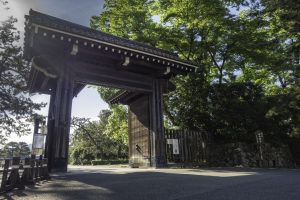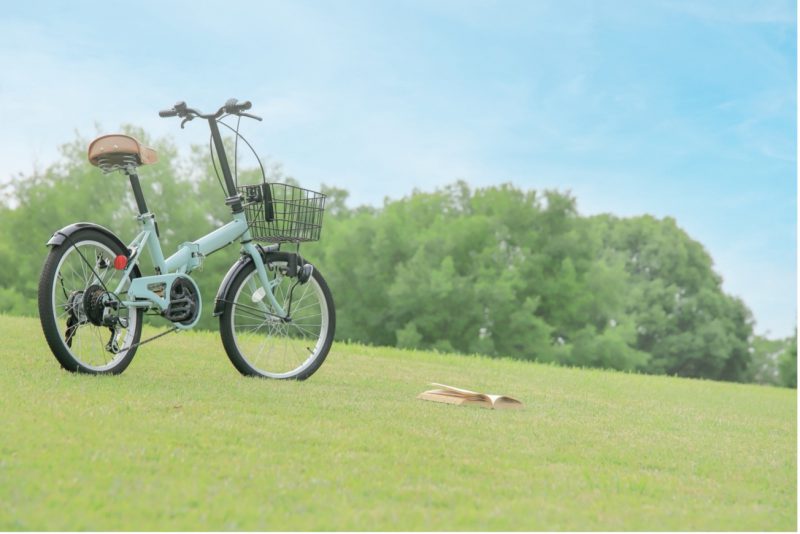Going to School in Kyoto: A Little Bit Extraordinary
2022.12.12
Marks of the past in Shijo & Sanjo
Further north and you’re passing between Kyoto’s downtown area–on your left, the modern shopping arcades of Shijo Kawaramachi, filled with cafés and bustling shops; and on your right is the historical Gion neighborhood with its traditional rooms and restaurants where maiko and geiko entertain guests, all leading up to Yasaka Shrine to the east.


As you bike up the river, you’ll continue to cross some of Kyoto’s major historical streets at bridges, like Shijo-dori and Gojo-dori. The next street, Sanjo-dori, crosses over the river with an unusual bridge: the only one on the Kamo River with a traditional wooden railing. Sanjo Bridge was originally constructed sometime in the Muromachi period (1336-1573) and though the current bridge has been rebuilt since then, it still features ancient giboshi , or ornamental railing-post knobs. If you look closely at one–the second from the west side of the bridge, on its southern side–you’ll find a cut in the metal that looks very much like it was left by a knife, or even a sword.

This cut is said to be a mark left behind from an 1864 armed encounter between anti-shogunate objectors, including masterless samurai; and the Shinsengumi, the shogunate’s special police force. The conflict was centered around the Ikedaya Inn, which used to stand across the bridge in Sanjo. Here, it’s a part of this evolving city’s more than 1,000 year-old history.
Sites from the ancient capital, and to school!
As you continue your commute and get closer to school, you might head back onto the road, where the city streets are a mix of modern shops, restaurants, and here and there an old Kyoto-style machiya home, with curved strips of bamboo still placed at their base to protect them from dirt, rain, or a dog looking to mark its territory.

Now you’ve come to where Marutamachi-dori street crosses the Kamo River. To the west is the Kyoto Gyoen National Garden, with the Kyoto Imperial Palace within. It’s a reminder of the long history of this city, but it’s also a peaceful location where you can take a book to study and sit under the trees of the grand lawns in the afternoon.
In the other direction, you’re also close to the enormous crimson torii gate of Heian-jingu Shrine to the east, and the multiple different art museums nearby.
You’re almost to school, pushing the pedals of your bike for the last spurt.You’ll glide past your favorite curry shop for lunch, and ring the bell on your bike to catch the attention of your friend, who’s also just arriving to campus. “Ohayou!” you greet him.
It might just be one student’s ordinary commute, but every day in Kyoto there’s a little bit of wonder. Kyoto is a city rich with stories from history. What stories will your student commute lead you to discover here?











